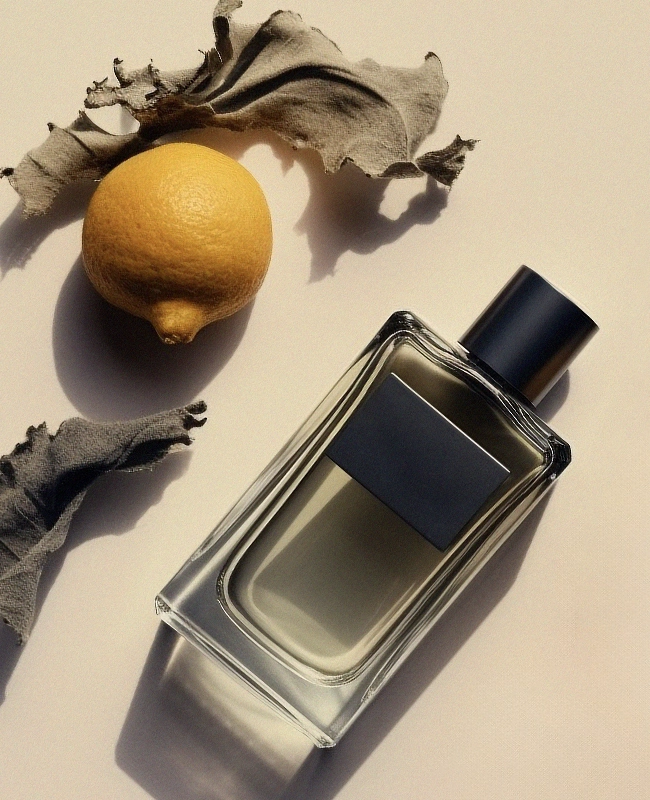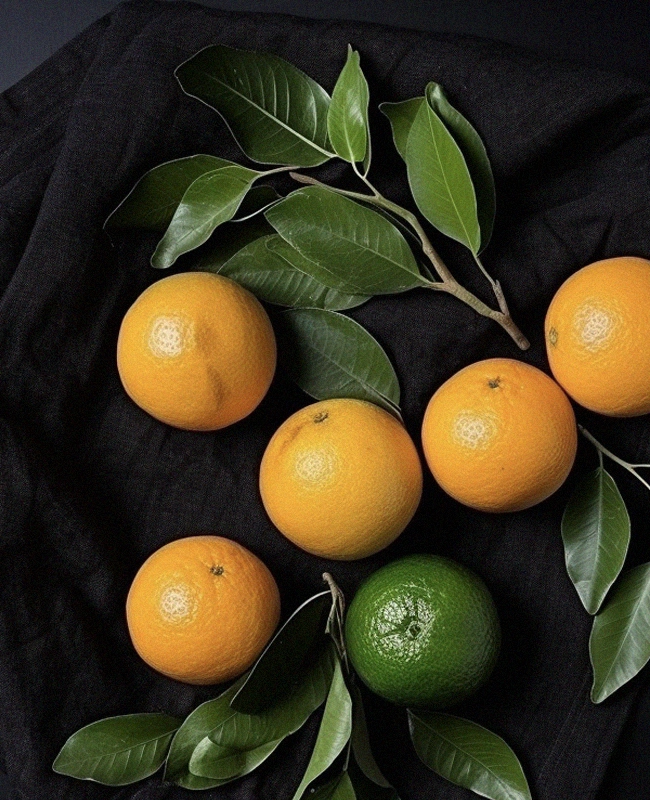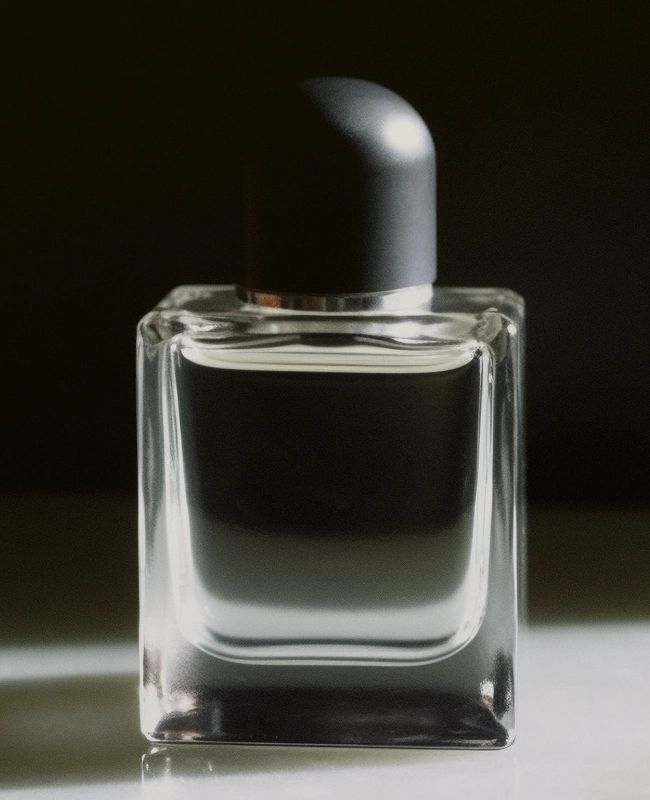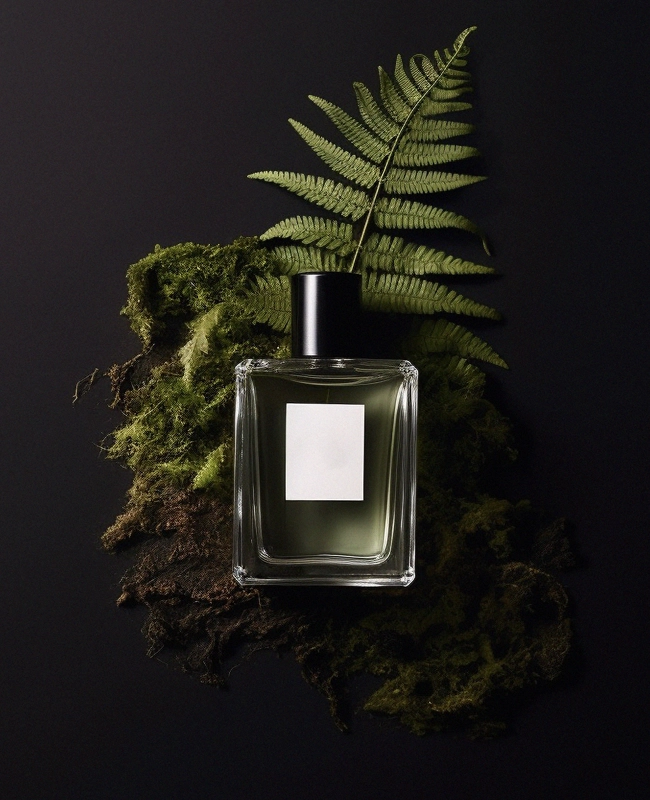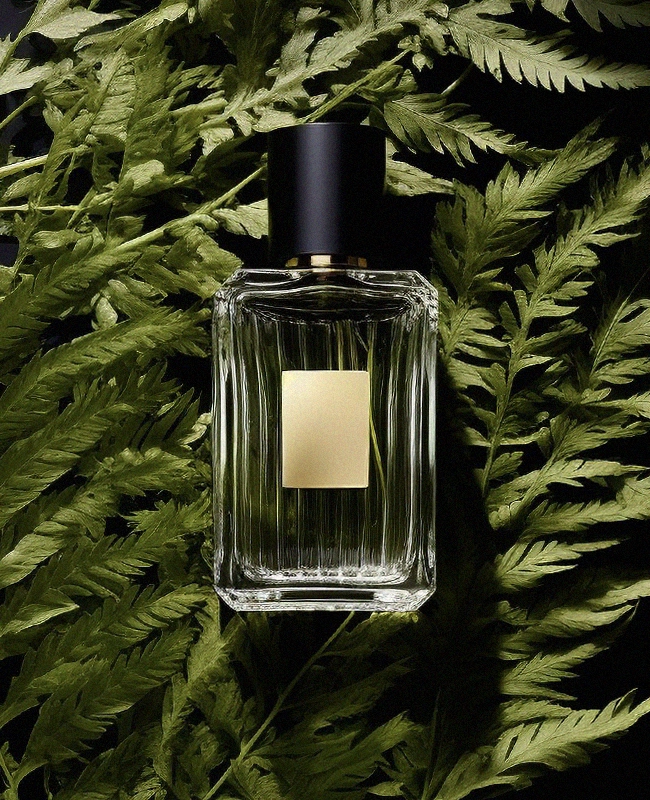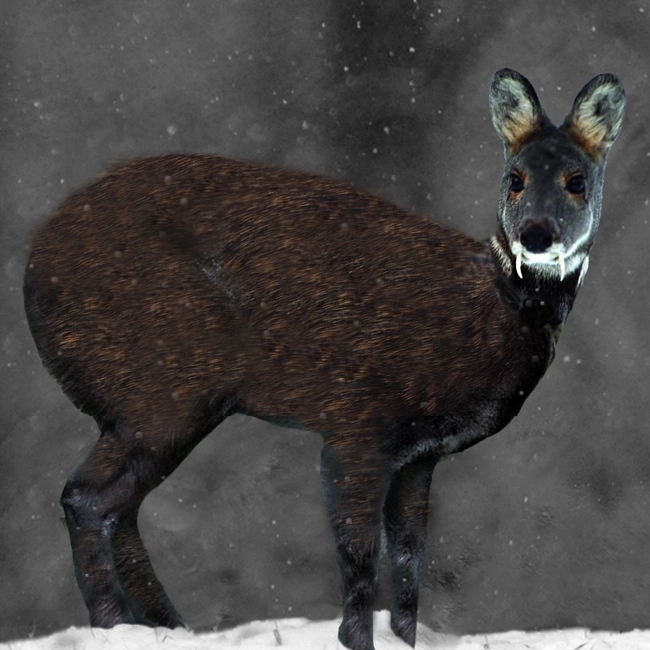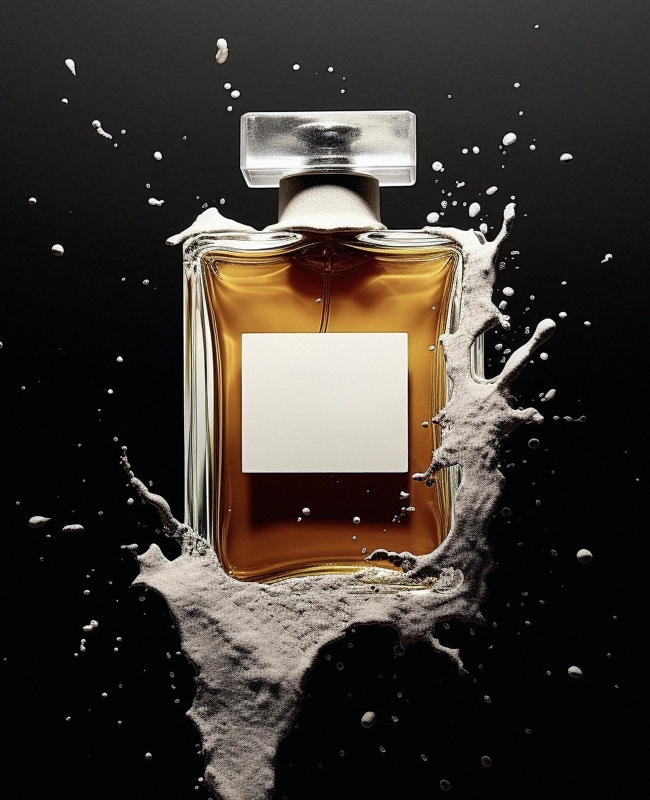
In This Article
Many of the best perfumes have a deceptive simplicity. However, the process of creating a balanced perfume is extremely complex. This article details how perfume is made, step by step.
An Overview of How Perfume Is Made
Making perfume begins with sourcing ingredients which can be natural or synthetic. Natural raw materials undergo extraction processes to produce perfume ingredients. Then, a perfumer creates a perfume concentrate by blending ingredients at their disposal. Once the concentrate is finalised it is left to mature, mixed with ethanol, then left for a further period of time. The final stage is filtering. This is to ensure that the perfume is clear and free from impurities. Once all these stages are complete a perfume is ready to be bottled.
Obtaining Perfume Ingredients
Making a perfume begins with ingredients. Perfume ingredients can either be natural or synthetic in origin. Natural raw materials must undergo an extraction process to separate out fragrant perfume ingredients. Examples include plants, fruits, woods and even animal secretions. Synthetic ingredients are created in laboratories by chemists. Sometimes these ingredients are indistinguishable from particular scents found in nature. Other times synthetic ingredients have original scents which do not occur in nature.
Most perfumes contain both natural and synthetic ingredients. This is because perfumes need to achieve a variety of functional objectives. For example, a perfume must have a stable odour, uniform colour and offer longevity. It must also be cost effective, scalable and safe. It is difficult to meet all these requirements using only natural ingredients.
The quality or safety of an ingredient is not dictated by whether it is natural or not. Often synthetic ingredients provide exceptional olfactive quality, stability, safety and longevity. Conversely, natural ingredients can sometimes prove harmful or perform poorly in terms of stability, longevity or sustainability.
Extraction Methods
Natural raw materials have their aroma causing parts extracted to create perfume ingredients. The method used to extract these ingredients depends on the natural raw material. Here are some of the most common extraction methods in perfume making.
Hydro Distillation
Hydro distillation uses water vapour to separate aromatic compounds from plant material.
It involves placing plant material in a container, covering it with water then boiling the mixture. The heat ruptures the plant cells, releasing the essential oil. This then evaporates with the water. The vapour is then cooled in a condenser and returned to liquid form. The essential oil, being lighter, floats on the surface and separates from the water.
This method of extraction is simple and cost-effective. Some natural raw materials cannot withstand this method of extraction. This is because their essential compounds become compromised by heat.
Volatile Solvent Extraction
Volatile solvent extraction separates odour molecules from plant material by dissolving them.
In this extraction method the solvent is first mixed with plant material. Odour molecules from the plant material are then dissolved by the solvent. After the solvent has captured the odour molecules, the plant material is removed. The solvent is then evaporated by boiling. This leaves behind a fatty substance containing the plant’s odour molecules. The fatty substance is then clarified and washed with alcohol. This dissolves the odour molecules and separates them from the fatty substance. The fatty substance is then discarded and the remaining alcohol is removed. A clear liquid which contains the odour molecules is left behind.
This technique is efficient for obtaining a high yield of essential oil, but there are drawbacks. There is the chance that traces of the solvent could remain in the end product. Improper disposal of the solvent could also have a negative environmental impact.
Fractional Distillation
Fractional distillation uses different boiling points to separate components in a liquid mixture. It achieves this by repeatedly heating and cooling the mixture to isolate substances.
This extraction method involves first heating a liquid mixture in a container. The liquid with the lowest boiling point evaporates first. The vapour rises into a column where it cools and condenses, becoming purer with each cycle of evaporation and condensation. Eventually, the vapour reaches the top of the column, passes into a condenser and is collected as a distinct liquid. The temperature is then raised to the boiling point of the next liquid, repeating the process.
Turbo Distillation
Turbo distillation uses mechanical mixing and water vapour to separate aromatic compounds from plant material.
During turbo distillation plant material is put into a distillation tank with a solvent and then boiled. A rotating paddle at the tank’s base breaks up the plant material. By continuously stirring the mixture an increase in contact between the plant material and solvent occurs. This reduces the distillation time and improves the yield of essential oils. Like during hydro distillation, water vapour carries off the essential oils away from the plant material.
Turbo distillation is an efficient alternative to hydro distillation. It addresses situations where conventional distillation would be too time-consuming. It is also more appropriate for extracting heat-sensitive essential oils as heat is applied for a shorter time.
Cold Pressing
Cold pressing extracts essential oils from plant materials (usually citrus fruits) without heat.
The most common cold pressing technique employs a machine to peel the vest of a fruit. The zest is then pricked in water to release the essential oil. This leaves a mix of essential oil and water which is separated to leave only the essential oil behind.
This technique is particularly desirable as heat has the ability to alter how substances smell.
Enfleurage
Enfleurage requires soaking plant materials in fat, then using alcohol to extract fragrance.
Cold enfleurage involves placing plant materials onto frames which are laden with odourless fat. When the aroma of the plant materials has transferred into the fat, the plant materials are removed and replaced. Hot enfleurage proceeds similarly but involves warming the fat to hasten the extraction process. In both cases, once the fat has absorbed the aroma of the plant materials, it becomes enfleurage pomade. This is washed with alcohol to separate the essential oils.
Enfleurage is not a common extraction method due to its relative inefficiency. It is still used by some specialists to preserve the authentic fragrance of flowers during extraction.
Supercritical CO2 Extraction
Supercritical CO2 extraction involves compressing carbon dioxide until it becomes liquid and reaches a supercritical state.
Firstly a compressed carbon dioxide liquid is mixed with plant materials. This acts as a selective solvent, drawing out and dissolving odour compounds from the plant material. Once the odour compounds have transferred from the plant material, the liquid is depressurized. The CO2 returns to its gaseous form and leaves no residue in the fragrant extract which is left behind.
This method is odourless, non-toxic and non-polluting, making it environmentally friendly. Its low-temperature operation ensures that heat does not impact odour molecules.
Blending Perfume Ingredients
The blending of ingredients to create a formula for a perfume concentrate is a complex and creative process. It requires a high level of expertise and artistry. A perfumer or ‘nose’ must select ingredients, perfume notes and accords then structure them harmoniously. The desired outcome is a concentrate which communicates a coherent concept and smells appealing.
Once designed, the concentrate is tested by diluting with different amounts of ethanol. Ethanol is used to prolong the life of a perfume and dilute it to a level that is deemed to produce an optimal fragrance. Adjustments may be made to the formula so that the aroma of the concentrate and ethanol combined is as desired. This ratio of perfume concentrate to ethanol dictates a perfume’s type.
Maturation
The next step when making a perfume is the maturation which is also known as ageing. Finished perfume concentrates are typically stored for several weeks below room temperature. This allows the ingredients to organically interact and settle with each other. When the first part of the maturation process is complete, the concentrate is combined with the correct amount of ethanol. A further rest period of a few weeks is needed to allow these components to blend together properly.
Filtration
After the maturation process, the perfume mixture needs to be filtered. Filtration ensures the removal of any sediment or impurities that may have formed during maturation. This step ensures that the perfume liquid is appropriately clear and uniform in appearance. Once the perfume mixture has completed filtration, it is considered finished and ready for consumption.
